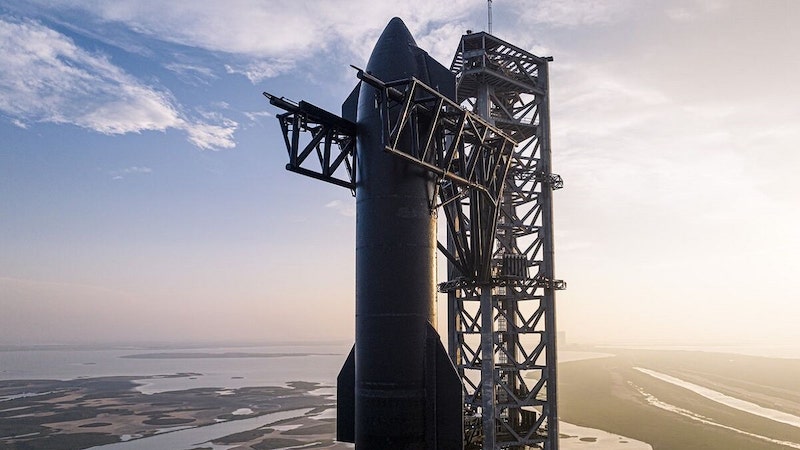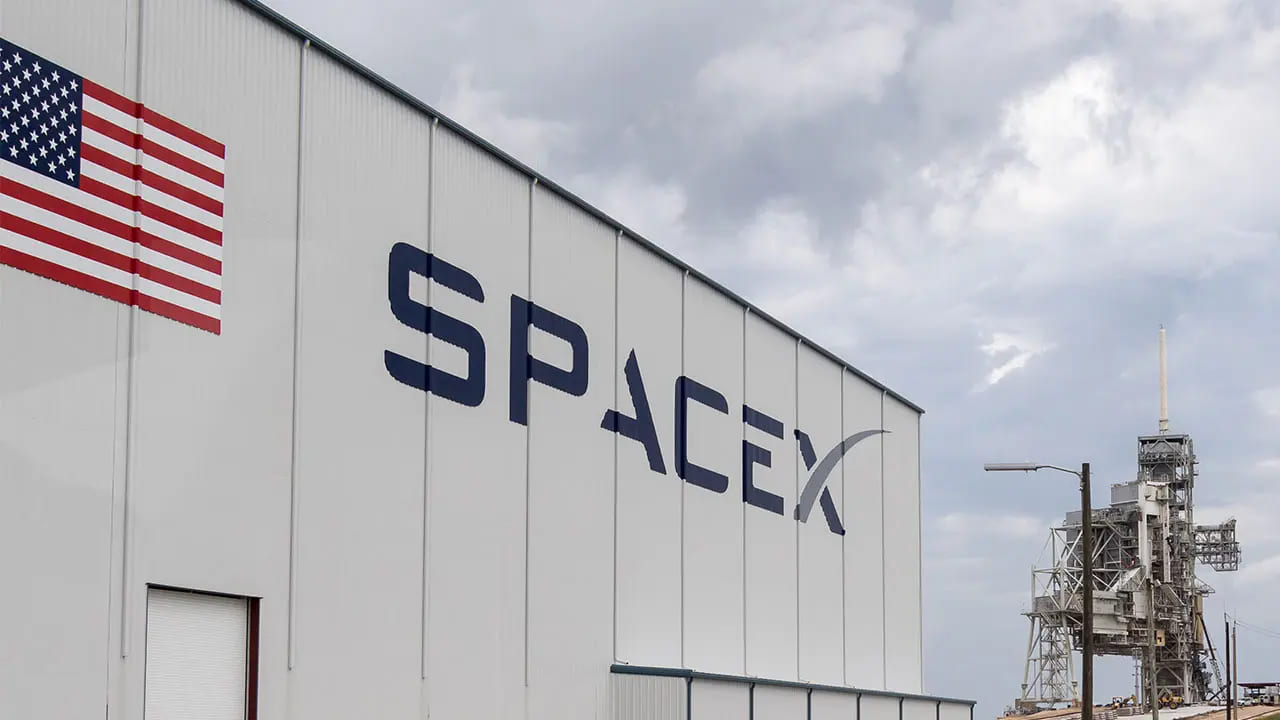We continually read new news regarding X (which until July was Twitter), including more or less curious ideas from Elon Musk and reports that don’t provide too exciting data.
All this noise around the social platform risks overshadowing the news regarding the other companies owned by Musk, such as SpaceX for example.
And yet, indeed SpaceX promises a record launch year in 2024, also thanks to the collaboration with ESA, the European Space Agency.
Let’s see what next year’s busy launch program consists of, to which is added a new Internet service based on the Starlink network, which will be called Direct to cell.

SpaceX’s 2024: the agreement with ESA
The news was published by the Wall Street Journal on Monday 23 October.
By signing an agreement with the European Space Agency (ESA), SpaceX will launch four Galileo satellites in 2024. As Javier Benedicto, ESA’s director of Navigation, said, the satellites will be launched from the United States with the SpaceX Falcon 9 rocket.
So far, the launches of the Galileo satellites have been carried out from the Kourou Space Center in French Guiana. The Ariane 6 rocket, initially planned to carry satellites into space, will not be ready by 2024.
The Galileo system, active since 2016, allows Europe independence from the United States GPS system and the satellite navigation systems of Russia and China.
All that is needed for the agreement between SpaceX and ESA to be made official is approval from the European Commission.
Intesa Sanpaolo invests in SpaceX
In the meantime Intesa San Paolo, the largest Italian bank, announced in a statement that it had invested in SpaceX (even if you ignore the amount).
We read that the bank recognizes “the aerospace sector has a particularly important role in the development of world economies and has therefore decided to invest in a player that has demonstrated a cutting-edge vision of the near future.”
SpaceX’s record goal
SpaceX said that for 2024 the goal is to carry out 12 launches per month, for a total of 144 Falcon missions in a year. In short, a launch every 2.5 days.
The company would also be planning a dense series of launches between now and the end of the year, to be able to reach the round figure of 100 flights before the end of 2023.
Direct to cell
SpaceX presented the Direct to cell project, based on Starlink, already last year.
The large number of launches expected in 2024 is also designed to strengthen the Starlink service, which already boasts two million users.
Today it is a satellite Internet service that guarantees a fast connection through the installation of domestic satellite dishes.
The company’s objective is instead to transform Starlink into a real mobile operator, which for the first time would offer low-latency satellite Internet service on a global scale.. With direct connection of the devices and no longer need for ad hoc home devices.
SpaceX has made it known that to be able to use the Direct to call service you simply need to be in a place with direct visibility of the sky. During 2024 only the SMS service will be activated, and in 2025 the voice, data and IoT services. The first six partners and their countries of origin are indicated on the page dedicated to the service: T-Mobile (USA), Rogers (Canada), KDDI (Japan), Optus (Australia), One NZ (New Zealand) and Salt (Switzerland) .
The new Starship towards its second test flight
SpaceX was born in 2002 and its first launch, in 2006, was a failure. Only the fourth launch (Falcon 1, in 2008) managed to reach orbit.
Seventeen years later, and in anticipation of a super 2024, SpaceX is completing tests to be able to carry out the second launch attempt of the new Starship rocket, whose second stage is completely reusable. The launch is expected to take place on Wednesday 1 November.
Compared to the first ill-fated test flight, carried out last April, more than 1,000 changes have been made.
The second test will be very important, because SpaceX has been selected by NASA to build the lander for future missions to the Moon.
Meanwhile, there are rumors that China intends to set foot on lunar soil again by 2030.















Leave a Reply
View Comments